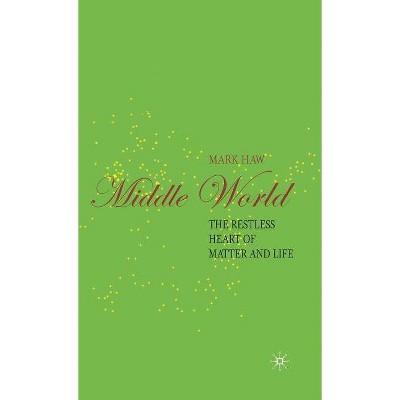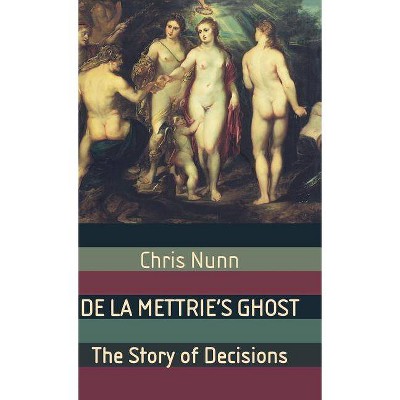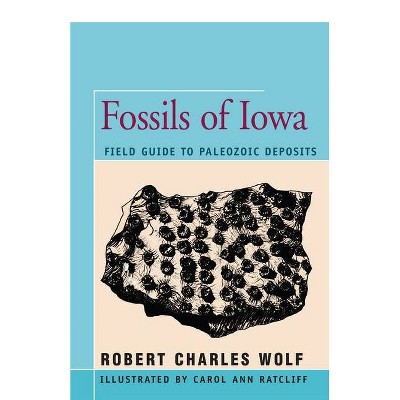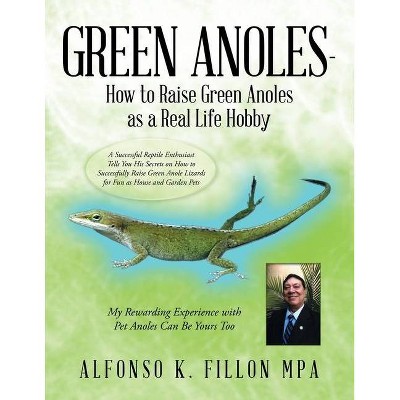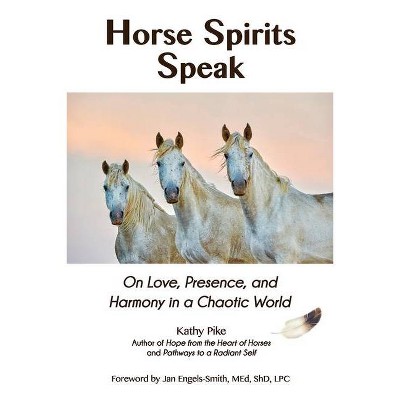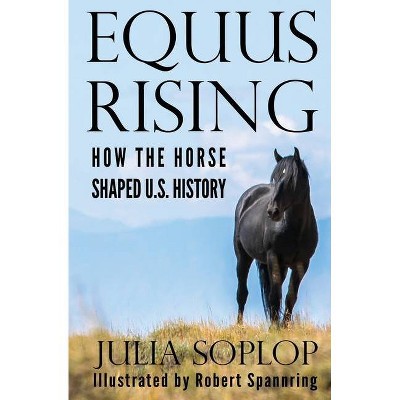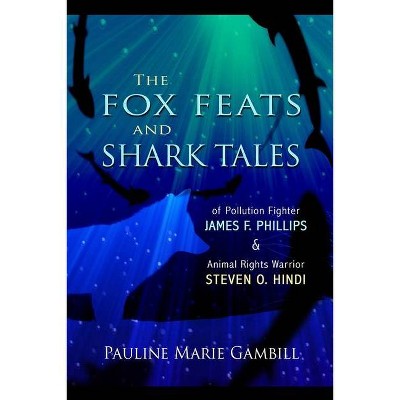Lonesome George - (MacMillan Science) by Na Na (Paperback)
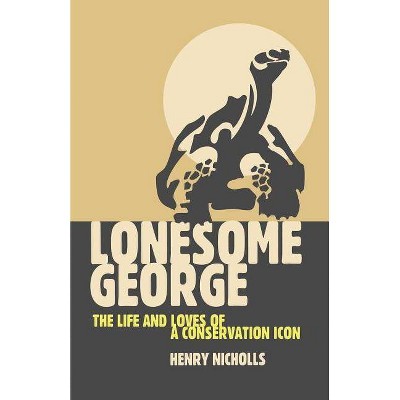
Similar Products
Products of same category from the store
AllProduct info
<p/><br></br><p><b> About the Book </b></p></br></br>Henry Nicholls details the efforts of conservationists to preserve the Galapagos' biodiversity and illustrates how their experiences and discoveries are echoed worldwide. He also explores the controversies over selecting mates for Lonesome George, a tortoise, who was discovered on the island of Pinta in 1971.<p/><br></br><p><b> Book Synopsis </b></p></br></br>Lonesome George is a 5 foot long, 200 pound tortoise, between 60 and 200 years old. In 1971 he was discovered on the remote Galapagos island of Pinta, from which tortoises had supposedly been extinct for years. He has been at the Charles Darwin Research Station on Santa Cruz island ever since, on the off-chance that scientific ingenuity will conjure up a way of reproducing him and resurrecting his species. Meanwhile, countless tourists and dozens of baffled scientists have looked on as the celebrity reptile shows not a jot of interest in the female company provided. Today, Lonesome George has come to embody the mystery, complexity and fragility of the unique Galapagos archipelago. His story echoes the challenges of conservation worldwide; it is a story of Darwin, sexual dysfunction, adventure on the high seas, cloning, DNA fingerprinting and eco-tourism.<p/><br></br><p><b> Review Quotes </b></p></br></br><br>"Like the best human-focused biographers, Nicholls uses his unusual subject as a springboard into more universal territory. He aptly portrays Lonesome George as a sort of reptilian Forrest Gump, an unwitting bystander continually thrust to the forefront as society's defining crises play themselves out around him."--"Wired""" "This marvellous look at the conservation of nature, as embodied in one enormous reptile, is highly recommended."--Nancy Bent, "Booklist""" "Is he gay, impotent or just bored? Read this fascinating book for the full story. It skilfully blends historical derring-do with cutting-edge conservation biology."--"NewScientist""Told with real affection and humour...a fitting tribute to one of the voiceless victims of human progress."--"Guardian """ "A warmly enjoyable book...a pleasure to read."--www.popularscience.co.uk "Nicholls' lively tale takes the reader on a journey through the Galapagos - and how much there is to lose."--BBC Focus Magazine "This is a wonderful tale of an almost mythical beast. Rich in historical detail George's story is one of pathos, despair and hope with some quirky reproductive biology thrown in for good measure. Nicholls has done us all a service, reminding us of the fragility of life in general and of one very special chelonian in particular." -- Tim Birkhead, author of "Promiscuity "and "The Red Canary"""<BR> """Not simply the story of a tortoise but the tale of that icon of evolution, the Galapagos archipelago, and of the heroics and (sometimes) seeming futility of the conservation movement. The science is compelling, the tone is light - highly recommended."--Olivia Judson, "Seed Magazine"""<BR> "It is a cracking tale - and crackingly well told. It is also salutary. Giant tortoises are indeed extraordinary - but not as strange as human beings."--Colin Tudge, author of "The Secret Life of Trees"""<BR>"If Darwin were alive today he would be fascinated by Henry Nicholls' splendid account of this solitary survivor from Pinta<br><p/><br></br><p><b> About the Author </b></p></br></br>HENRY NICHOLLS was the editor for <i>The Encyclopedia of Life Sciences</i>, <i>Biomednet</i>, and <i>Endeavour</i>. He writes for such publications as <i>Nature</i> and <i>Science</i>.
Price History
Price Archive shows prices from various stores, lets you see history and find the cheapest. There is no actual sale on the website. For all support, inquiry and suggestion messagescommunication@pricearchive.us
